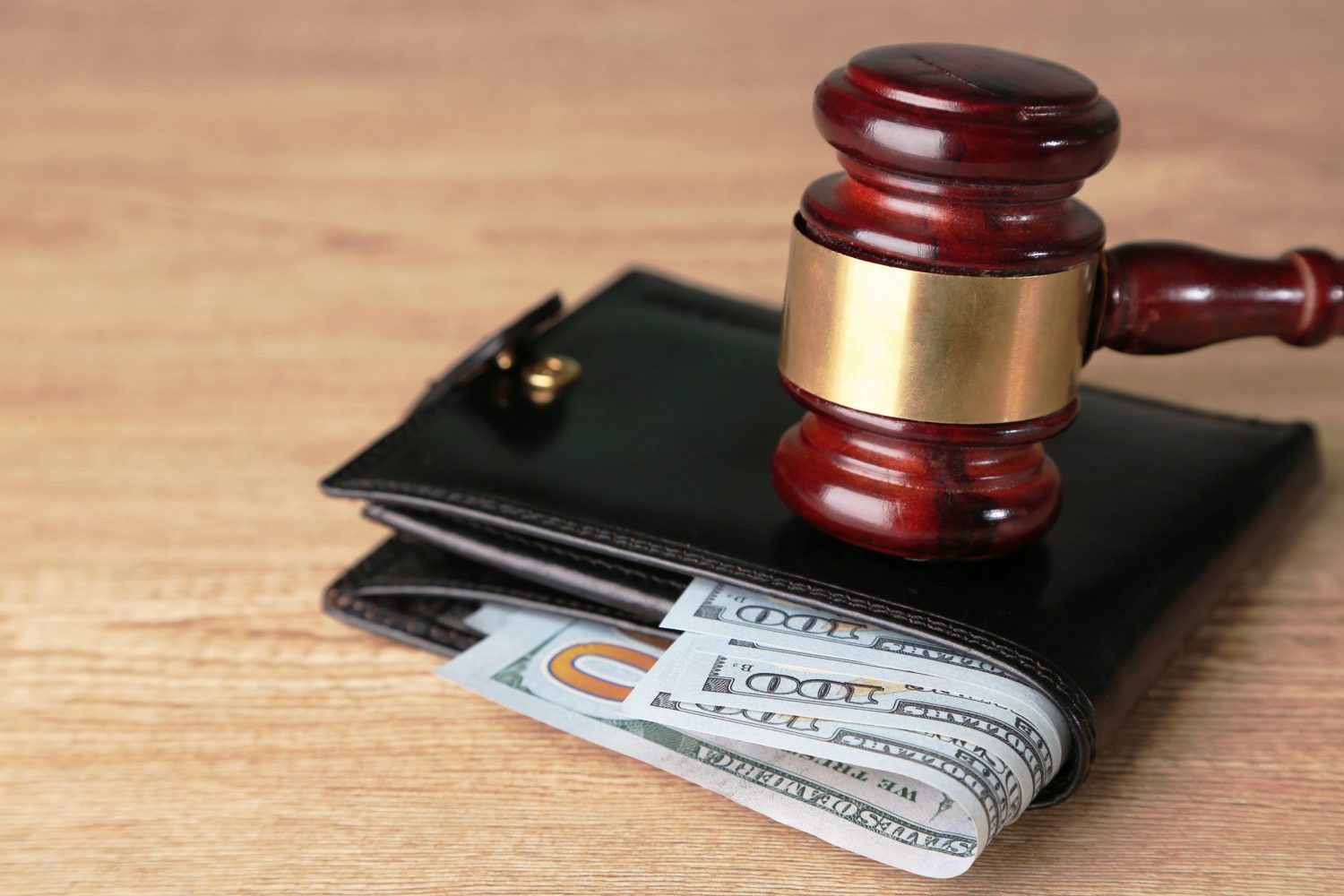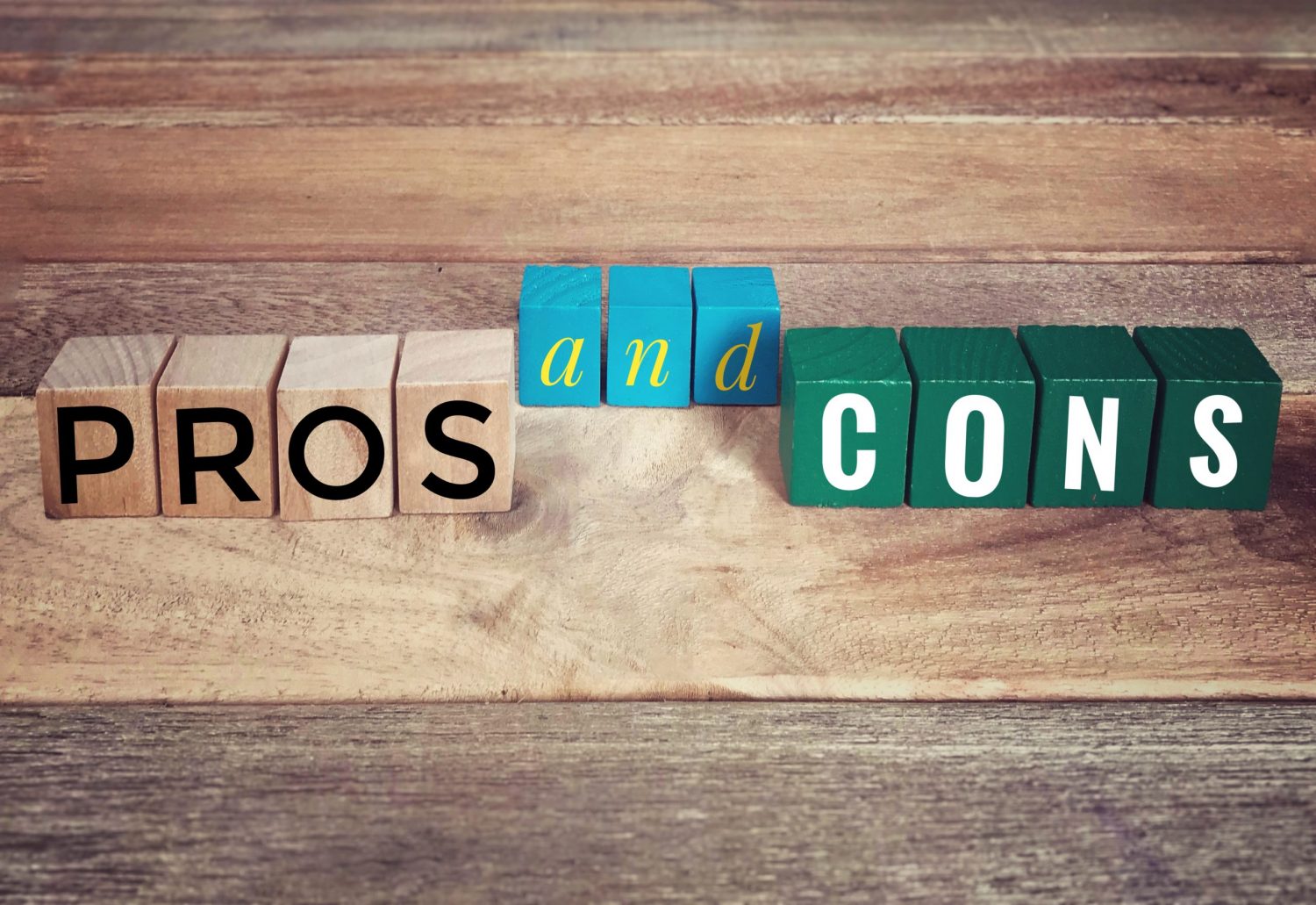Almost 45 million people in the United States owe $1.5 trillion in student loan debt. By 2023, around 40% of borrowers are estimated to default on these loans.
Student loan default occurs when you fail to make successive payments on your student loan. When you initially miss a payment, your loan will become delinquent. If you don’t make a payment for 90 days, it will fall into default.
A default can negatively impact your credit and your future ability to take out loans to buy a car or house. You may even get your wages garnished. Student loan rehabilitation is a one-time option for you to get your loan out of default by agreeing to make a set amount of more-manageable mandatory payments.
Rehabilitation can be a good option if you have a good credit score and will be able to keep making payments after your mandatory payment periods are up, as it can get the default off your credit report.
There are fees associated with rehabilitation, however, and it can result in an increase in the total amount you owe. If you are going to struggle to make your loan payments again, rehabilitation may not be the best option for you.
Damage of Default
If you fail to make payments on your student loan, your loan can fall into default. When this happens, your lender can send you to collections. Your wages can be garnished, and the IRS can withhold your tax refunds to collect on your debt. 
A default can:
- Significantly damage your credit score
- Make it difficult for you to take out other loans
- Impact your ability to rent a property, sign up for utilities, or even get a cellphone plan
- Decrease your chances of getting a job, in some cases
Student loan rehabilitation offers the opportunity to remove the default from your credit report. You must have a federal student loan to be eligible for loan rehabilitation, and you can only do it once. You will need to contact your loan holder and enter into a rehabilitation agreement.
Student Loan Rehabilitation Explained
To rehabilitate your loans, you and your loan holder will typically set up a payment plan based on 15% of your annual discretionary income divided by 12. Discretionary income is your adjusted gross income, which must be over 150% of the federal and your state’s poverty guidelines and based on your family’s size. The reasonable monthly payment amount is often similar to an income-driven repayment plan that takes into account your expenses and income to determine what you can afford to pay.
Your debt will then be broken down into nine payments that you agree to pay back within a 10-month period. Once you make all nine of your rehabilitation payments, your loan will be out of default and your loan rehabilitation period will be over.
When to Rehabilitate Your Student Loan
Federal student loans typically have a lot of options to help you keep your payments affordable and to avoid default. Consider loan deferment or forbearance before you fall into default to protect your credit history. An income-based repayment plan can also be a good way to keep your payments manageable and keep the collection agencies out of the picture.
If your loan does fall into default, you typically have a few options to get back on track. You can consider loan consolidation or rehabilitation. Loan consolidation combines any federal loans into one and can make your payments more manageable, but it does not take the default off your credit history like rehabilitation can.
Rehabilitation is a good option if:
- You have a federal student loan in default.
- It is your first time defaulting on the loan.
- You have a good credit history other than the loan default.
- Your income is stable, and you will be able to maintain payments again after your rehabilitation period is over.
Cons of Loan Rehabilitation
Rehabilitation can only be done once, and it takes 10 months to complete. If your wages are being garnished or your tax dollars are being repurposed to help pay off your defaulted loan, this will continue during rehabilitation. Even if you are making your loan rehabilitation payments, your wages will keep being garnished, and your loan will remain in default until all nine payments are made.
Even though the default gets removed from your credit history after the rehabilitation period and all your payments are made on time, the late payment history and delinquency do not.
You can also end up paying more over the life of your loan, as you may not be making big enough payments during rehabilitation to cover your interest or other fees. There are often costs associated with the process, as well.
If you don’t have a plan in place to make your payments after rehabilitation is over, it can be easy to default again. This time, you will not have the option to rehabilitate your loan.
Benefits of Rehabilitation
When you rehabilitate a student loan, you gain:
- Removal of the default from your credit report
- The ability to receive federal student aid and take out additional loans
- Reinstatement of loan benefits, such as deferment, forbearance, flexible repayment plans, and loan forgiveness programs
- No capitalized collections costs. These fees are not added to your loan balance.
How to Rehabilitate Your Student Loan
With federal student loans, your lender is the U.S. Department of Education. You can have a different loan servicer, however. To find your loan holder, log in to your Federal Student Aid account.
To get your student loan rehabilitated, complete the following steps:
- Contact your loan holder.
- Agree on a reasonable payment amount. If you still can’t afford the 15% of your discretionary income, you can talk to your loan holder about an alternative monthly payment based on your income and expenses. You can get rehabilitation payments down to as low as $5 per month.
- Sign the rehabilitation agreement committing to making nine payments consecutively in 10 months.
- Make your payments on time. You will be required to pay within 20 days of your due date each month for 10 months in a row.
- Have a plan in place for managing your payments after rehabilitation. Consider a flexible repayment plan, such as an income-based repayment (IBR) plan.
Student loan rehabilitation can improve your credit rating by removing a defaulted loan. It can be a good option if you are able to make the payments and have a method of keeping up with your payments after the 10-month rehabilitation period is over.
If payments are still going to be difficult to manage after 10 months, loan consolidation can be an alternative option. Loan consolidation will not take the default away, and you can end up paying a lot more over the life of the loan, but it can keep your monthly payments low for the duration of your loan term.

